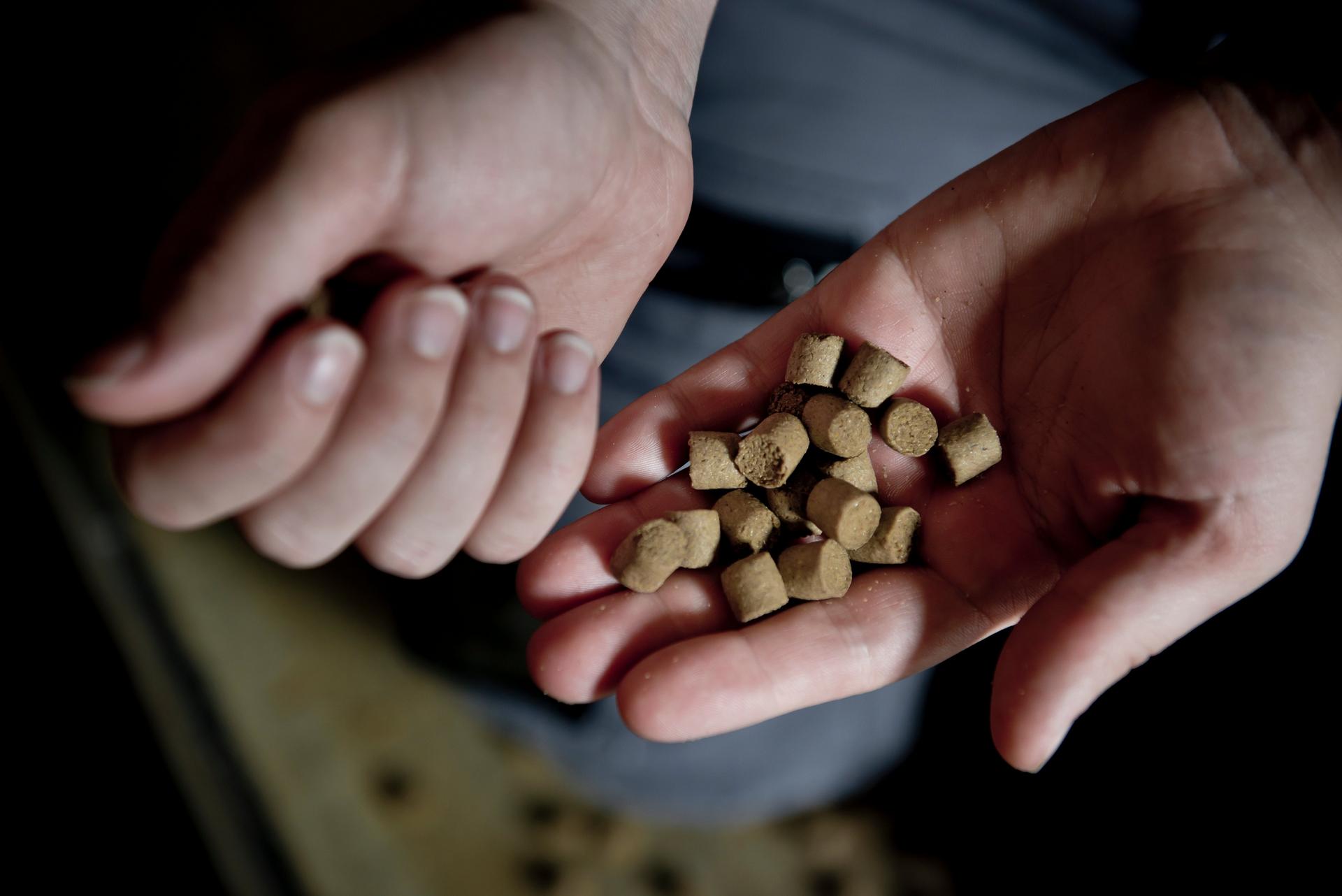Produced as a by-product of sunflower oil extraction mainly from crops grown in Argentina and Europe, it provides a robust nutrient profile, including:
• Protein levels ranging from 14% to 50%, depending on dehulling
• High digestibility, outperforming many other vegetable proteins
• Healthy fats for added dietary energy
• Vitamins E, B1, and B6
• Natural antioxidant compounds
• Essential minerals such as magnesium, potassium, and zinc
Because sunflower meals are highly digestible, more of the nutrients are absorbed rather than lost as waste, supporting better feed efficiency and contributing to cleaner production systems
Beyond nutrition, sunflower seed meal brings several practical benefits to feed production and fish performance:
• Supports gut health at moderate inclusion levels
• Improves pellet stability due to its natural fiber content
• Provides antioxidant activity from phenolic compounds
• Delivers strong mineral density thanks to deep-rooted sunflower plants
Consistency is another key strength. As an oil-extraction by-product, sunflower meals have a predictable composition and are easy to incorporate into balanced diets. Its favorable amino-acid profile especially its relatively high methionine compared to other plant proteins, makes it a useful complement in plant-forward formulations.
Sunflower meals also contribute to more sustainable aquaculture. It reduces reliance on marine ingredients, has a low carbon footprint compared to animal-based proteins, and repurposes a by-product that would otherwise have limited applications. Sunflower crops can also be grown within regenerative systems that improve soil health, biodiversity, and reduce chemical use.
Our integrated traceability process ensures full visibility across the entire chain, covering the growing regions and agricultural conditions, the oil-extraction procedures, all transportation and storage steps, and the final feed manufacturing and batch usage.
Sunflower seed meals are widely available on the global market and benefits from stable production volumes, making it a dependable, low-volatility ingredient for feed manufacturers.




?w=1920&%24withDefaultImage%24=&fmt=auto)






?w=1920&%24withDefaultImage%24=&fmt=auto)
